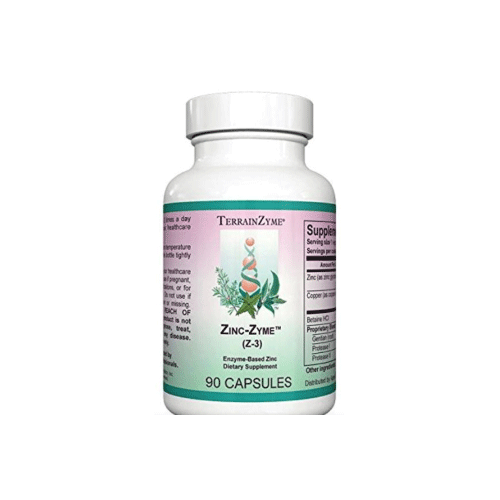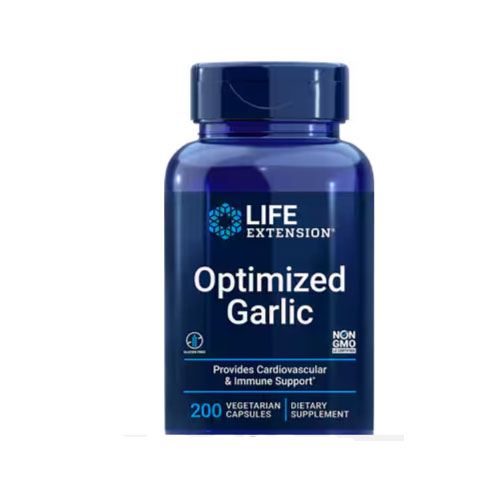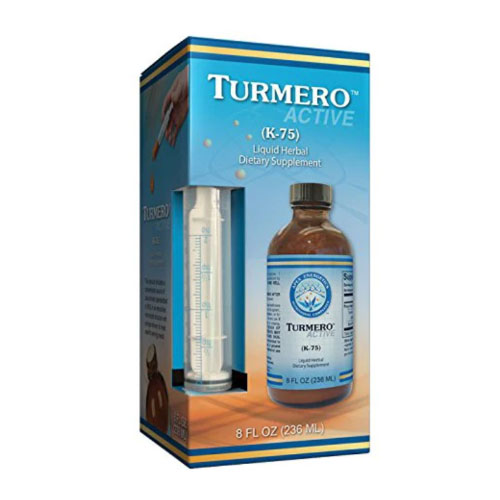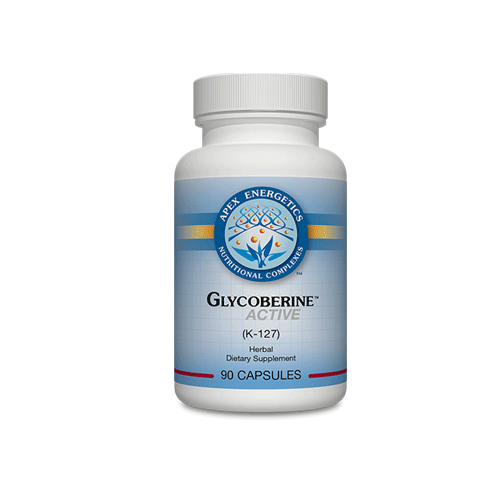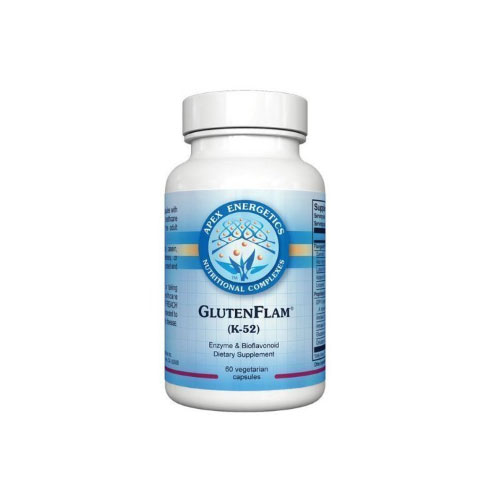
Make sure you get enough Vitamin D in your diet.
Editor’s note: This is the continuation of a series of articles by William Clearfield, D.O., regarding his fictional patient, Teddy, and his battles with Alzheimer’s Disease. Click here to read part 1, and click here to read part 2.
“You forgot already you drove your Lincoln through the back of your kitchen and put the car keys in the freezer, right?” I said.
Teddy, my favorite six-foot-three-inch, formerly 295 pounds, but now 278 pounds, patient is back. Two months ago, having indeed wrecked his car driving into his refrigerator, he began our 10 step, healthy brain program.
“I have to fix you,” I said.
“I’m getting ‘Old Timer’s’ disease. Yada, yadda, yadda,” you said. “And what did I tell you?”
“You have a 10-step program,” Teddy replied.
“Exactly,” I replied. “Ten steps. Not one. Not two. Not three. Ten. Remember?”
“I’m eighty percent (80%) better on the first three,” Teddy said. “That’s batting .300. In Big League Baseball, I hit .300; I’m a multimillion-dollar superstar.”
“Well you’re not in Big League Baseball,” I said. “You wanted me to go slow. So I’m giving it to you a little at a time. You don’t quit a marathon on the first hill and say you won.”
“Doc,” Teddy said. “I feel great. I got your first three. I’m watching my sugar. I cut down on bread. Steph (Teddy’s wife) makes sure I sleep seven hours a night now. And I’m even eating avocados and coconut oil. That’s enough for an old codger like me.”
“Teddy, Teddy, Teddy,” I said shaking my head. “Ten steps, not three.”
As a reminder, I told Teddy, here are the full 10 steps for healthy brain function:
- Keep Your Blood Sugar Balanced
- Eat Healthy Fats
- Get Adequate and Restful Sleep
- Vitamin D3 is Essential for the Brain to Function Properly
- Get Your Gut in Order
- Maintain Adequate Methylation
- Balance Your Hormones
- 6 Fixes for A Healthy Heart
- Exercise
- Lifetime Learning
I gave him my best, “I’m disappointed in you” look.
“Geez,” Teddy said. “Alright. Alright. We’ll keep going. Just step 4 today. Changing stuff is hard. You can’t be throwing everything at me at once.”
“Excellent,” I said, clapping my hands. “Once you get this, I expect you to go to the senior center and tell your friends. See one. Do one. Teach one.”
“And steal your thunder, Doc?” Teddy asked.
“I have enough to do,” I said. “Besides, your friends will believe you more than me. Trust me on this. So here we go. Step 4; Vitamin D.”
Step 4: Vitamin D3 is Essential for Proper Brain Function
Vitamin D (cholecalciferol) is a fat-soluble vitamin formed in skin from exposure to sunlight. Best known for enhancing the absorption of calcium from the intestines, Vitamin D is essential for building and maintaining bone density.
Vitamin D therapeutically mitigates cardiovascular disease, hypertension, diabetes, osteoarthritis, multiple sclerosis, seizures, migraines, polycystic ovaries, musculoskeletal pain, autoimmune disease management, fibromyalgia, and cancer prevention and treatment.
Individuals taking Vitamin D supplements are 7 percent less at risk of death from all causes than those who do not, according to a 2009 article in the journal, “Nutrition Research.”
The reference range for vitamin D is between 30-100 ng/ml. Our “optimal, better than normal” goal is 50-80 ng/ml.
On average, an individual has double the risk of myocardial infarction with a blood level that’s less than 34 nmol/1. Deaths from cardiovascular disease are far greater in the winter months in northern, cold climates than in more temperate areas.
Individuals who average less than 30.6 nmol/L are at a 378 percent increased risk of cardiovascular mortality, according to the 2009 article, “Vitamin D and Mortality in Older Men and Women,” in the journal, “Clinical Endocrinology.”
Vitamin D3 is essential for increased nerve growth in the brain. It facilitates planning, processing information, and formation of new memories.
Inadequate levels of Vitamin D3 result in poor brain function. In traumatic brain injury patients, adequate Vitamin D (and Progesterone) levels significantly enhance neuroprotection. Vitamin D deficiency increases inflammatory damage.
Twenty minutes of unblocked sun exposure adds 20,000 IU of Vitamin D3 per day. Thirty-six percent of all Americans aged 18-29; 42 percent of African American women aged 15-49; and 41 percent of patients aged 49-83 are vitamin D deficient, according to the Mayo Clinic.
Action Step:
High-quality supplementation will increase serum blood level by eight ng/ml for every 1000 IU administered in 6-8 weeks time. Take the D3 form. Usual doses range from 2000-10,000 IU/day.
“So, there you go, Teddy. Step 4. Next month we tackle your gut,” I said.
“I can’t wait,” Teddy replied. “Let me guess. Anything that tastes good, I can’t eat.”
“You remember what Mark Twain said?” I asked.
Teddy nodded.

